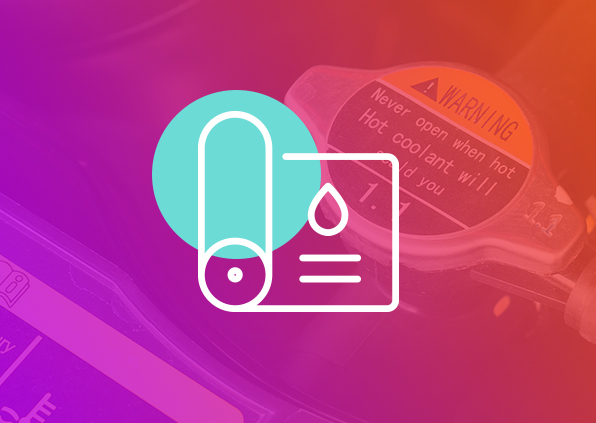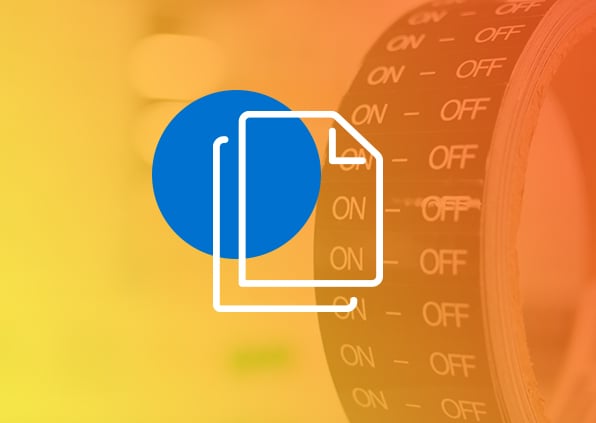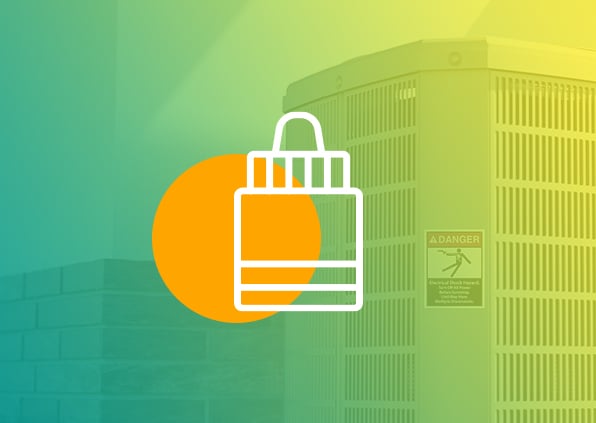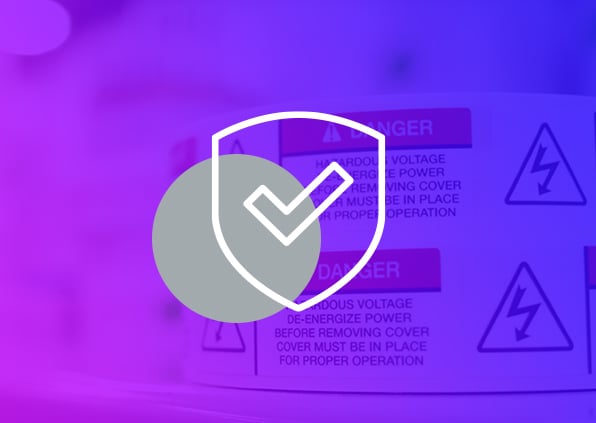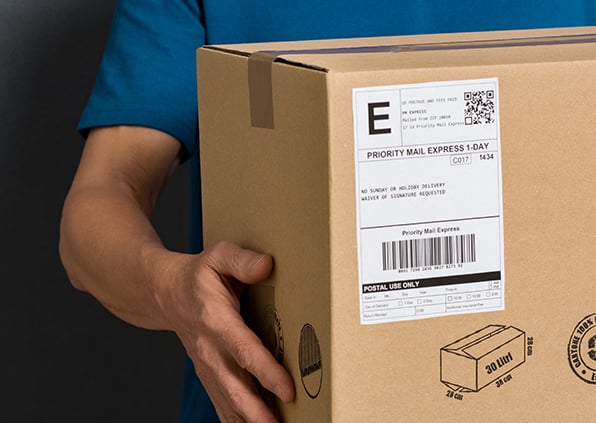This is the fourth installment of our five-part series called Labels 101: Five Key Elements of Effective Labels.
Choosing the right ink for your labels is a complex decision
To be effective, the ink on your label must retain legibility and colorfastness throughout its intended lifespan, sometimes under harsh conditions. Indeed, the enemies of label ink can be numerous: UV light, temperature extremes, moisture, chemicals, and abrasion. But not all of these conditions apply to every label—and not every label needs to last for decades. Furthermore, label quantity can also impact ink selection. Clearly, the decision takes some careful consideration.
How many? What conditions? For how long?
How do you avoid paying for more than you need, or worse yet, winding up with a label that’s prematurely useless? The chart below is a general guide to help select the best ink and printing process. Consult with your label supplier before making your final selection.
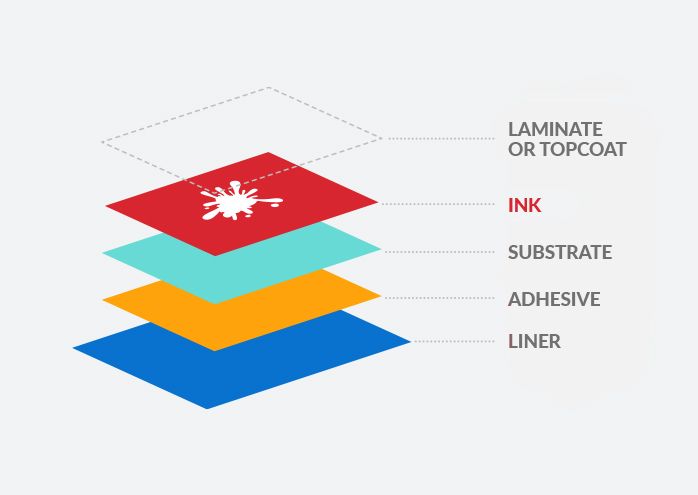
Specialty inks
Your label may have special needs beyond the chart above. Do your brand standards require a unique color match? Must your labels be legible under low light conditions? Do your labels need extra protection against counterfeiting? Will your labels require secondary imaging with a laser printer? Below are some additional types of inks and their uses.
- Fade-resistant Inks is more resistant to fading over time
- Metallic ink colors for special brand or marketing requirements
- Highly-reflective inks such as fluorescent and phosphorescent inks for low-light applications
- Security taggent inks that make labels harder to counterfeit
- Heat-resistant inks often used when secondary imaging in a laser printer is required
- Thermochromic inks that can indicate changes in temperature
- Topcoatings such as varnish or aqueous coating that provide additional protection or unique surface characteristics (toner adhesion enhancement, low surface coefficient of friction, and more)
- Primers to prepare unusual label substrates like metal to receive ink
Environmental considerations of inks
The printing process creates a number of environmental challenges. Setup, operation and cleanup all require effort in meeting regulations. The list below outlines the pros and cons of various ink types in being eco-friendly, while also meeting the label’s required service life.
Water-Based Ink
Pro: Relatively low cost. Easy clean up with soap and water. Dried with hot air.
Con: Hard to print water-based inks on most substrates other than paper. Cannot put rinse water down the drain. May require treatment of the exhaust from the drying process.
Solvent-Based Ink
Pro: High durability and colorfastness on a wide variety of substrates.
Con: Disposal is more expensive than UV and water-based inks. May require treatment of exhaust from the drying process. Waste liquid ink requires special disposal.
UV Ink
Pro: Can be used with a variety of substrates. Fast drying; no waiting for inks to dry. Easy to use and avoids waste. Ink stays liquid until dried with UV, then turns to plastic. Better than water-based for film substrates. No special treatment of exhausted drying air, which contains virtually no chemicals.
Con: Cost of disposal is more expensive than water-based inks.
Soy-Based Ink
Pro: More environmentally friendly. Makes it easier to recycle paper.
Con: Slow drying. Hard to print on substrate other than paper.
The right choice of ink will ensure a label that delivers cost-effective performance during the intended lifetime. The wrong choice, however, can result in a loss of legibility and colorfastness.
Selecting the right ink, and other label components, is a complex process with many interdependencies that requires in-depth product knowledge. Partner with an experienced label supplier to make the right choices for your specific needs. A good label partner will also review your current label program to ensure the right balance between performance and cost.
To learn more about the other key components of an effective label, read these posts in our “Labels 101” series:
- Choosing the Right Substrate
- Choosing the Right Adhesive
- Choosing the Right Liner
- Choosing the Right Laminate
For more information on how to manage your print effectively, including labels, read about PrintStack, the Operating Model for Print.




